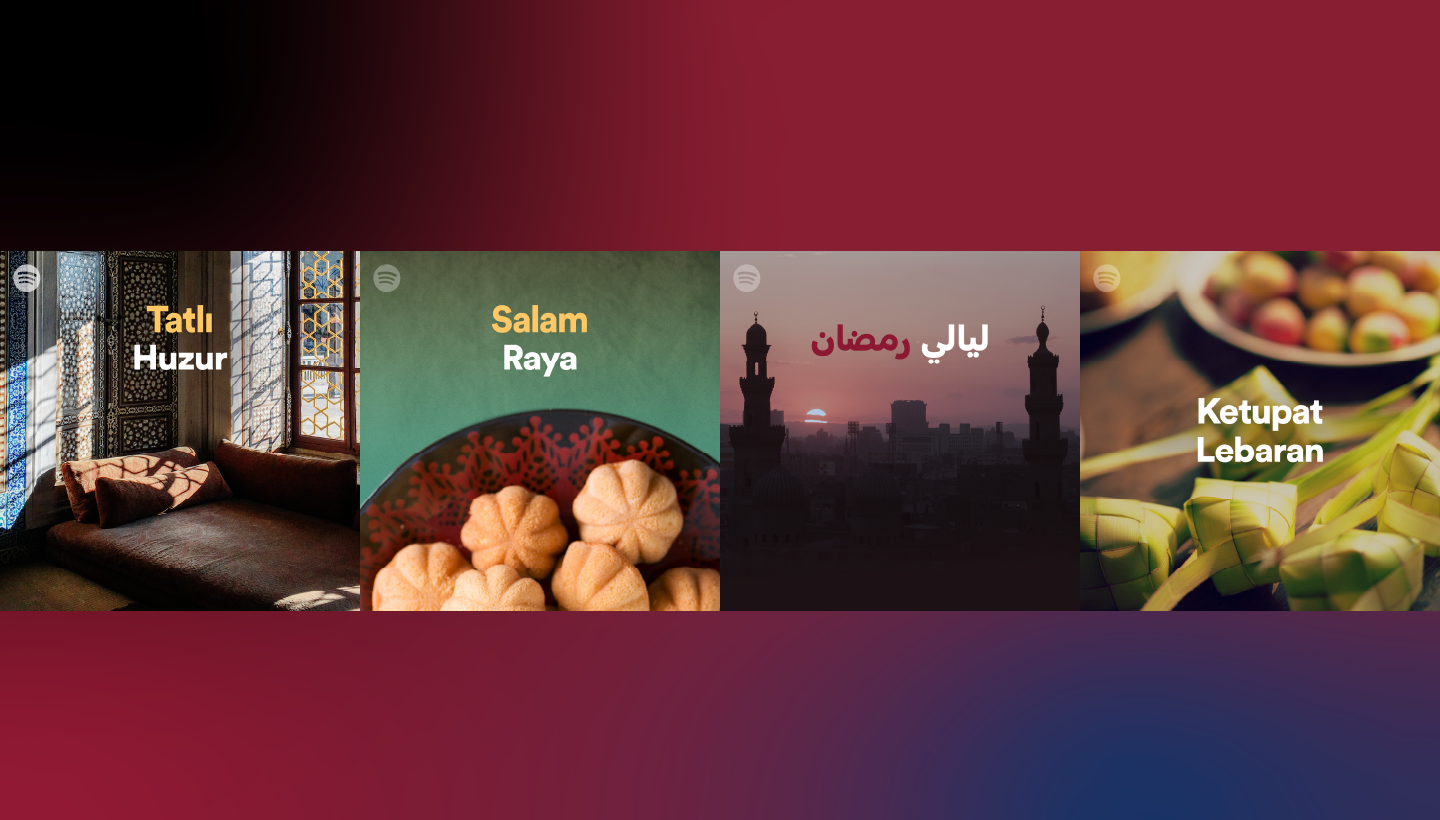
Ramadan is a month dedicated to spiritual rejuvenation, tranquility, and contemplation by those celebrating across the globe. Many Muslims come together with their families and communities for suhoor, the predawn meal, iftar, the post-sunset meal, and everything in between. For some, audio also plays a large role in setting the tone of the holiday.
And just as Holy Month traditions play out differently in communities around the world, so does the audio people listen to for reflection or celebration. In the Arab world, observers will mostly play traditional instrumental nasheeds; Turkish celebrants may stream tracks from their favorite Ramadan television series; and in Indonesia, the top tracks played during Ramadan have a pop feel—all while guiding listeners to self-reflection.
Some tracks are universal—Lebanese Swedish R&B singer Maher Zain’s song “Ramadan – English version” is one of the most popular during Ramadan, with listeners tuning in from the United Arab Emirates, Egypt, Jordan, Australia, Canada, Germany, the U.K., and the U.S. last year. Depending on where you’re listening from, you can find plenty of options throughout the month on Spotify’s Ramadan destination.
For the Record asked five of our music editors celebrating Ramadan around the world to share some of the themed playlists they curated during the Holy Month and what makes the playlists unique to their communities.
Middle East and North Africa
Curation: Ramadan Series مسلسلات رمضان and Ramadan Spirit by Alaa Ismail and Naoufal El Amrani
What is one element or tradition during Ramadan that is unique to your market?
The Holy Month is a rich and diverse experience. People across the Arab world are very disciplined in fasting and praying in Ramadan; they decorate their homes with Ramadan lanterns and organize iftar banquets for families. Arabs tend to listen to spiritual hymns (nasheeds), especially during fasting times. After iftar, family and friends gather to watch their favorite Ramadan series, and therefore Ramadan series songs have a distinctive mark during the Holy Month. Ramadan Spirit and Ramadan Series playlists are inspired by the culture, customs, and traditions of the region.
What are some consistent themes behind the songs or artists you’ll program during Ramadan?
Ramadan is very special and has its own charm; it is like a guest who comes to the house once a year and is welcomed with pleasure. Reflecting the spirit of the month in our Ramadan playlists with relaxing, spiritual, and instrumental tunes is key to our curation process.
Pakistan
Curation: South Asian Sufi by Rutaba Yaqub
What is one element or tradition during Ramadan that is unique to your market?
Pakistan is a family- and community-oriented nation. And in the month of Ramadan that feeling of togetherness grows even stronger. Families spend more time together for suhoor, iftar, and in between. Pakistanis love to host big iftar feasts for their families as well as for the needy. Thousands of people are fed on the streets with langar (a communal free kitchen).
How does that come through in the audio played during the month?
Because of the busy nature of Ramadan and Pakistan being a majority Muslim nation, the consumption of music, specially in the first 10 days of Ramadan, drops significantly. Most of the consumption happens before suhoor. After the 10 days, audiences ease into consumption of music with more Sufi/devotional content, which is musical content of mystical nature. “Tajdar-e-Haram,” a track performed by Atif Aslam, jumps to the top of charts as soon as Ramadan starts. That’s a very clear indication of listeners’ inclination to Sufi content.
Turkey
Curations: Ramazan and İftar by Nazlı Yırtar
What is one element or tradition during Ramadan that is unique to your market? How does that come through in the audio played during the month?
Gathering with family, neighbors around the iftar table; hosting visitors for big iftar dinners. Also the Ramadan-themed TV shows starting before iftar, where conversations around Ramadan are had and music reflecting the theme of the month is played between conversations. Our Ramazan and İftar playlists are definitely inspired by the music I used to hear on TV and radio during the Ramadans of my childhood.
What are some consistent themes behind the songs or artists you’ll program during Ramadan?
I try to reflect the calm spirit of the month in our Ramadan playlists with instrumental music or Turkish classical songs that would bring our users the experience around those feelings of peace and serenity.
Singapore and Malaysia
Curations: Penenang Hati, Satu, MendekatiNya, Lagu Raya, Salam Raya by Nurul Husniyah
What is one element or tradition during Ramadan that is unique to your market? How does that come through in the music played during the month?
Ramadan is a time for connecting and reconnecting with loved ones, so one of the top priorities for most people is coming home to buka puasa or iftar with their families and to also spend time with their friends. Singapore saw the return of two really popular annual Ramadan bazaars at Geylang Serai and Kampong Glam after a two-year hiatus. Even though they are scaled down, these events definitely add festive cheer to this year’s celebrations. Raya (the South Asian way to address Eid al-Fitr) songs will also be soundtracking homes and bazaars as early as the first couple of days to the first week of Ramadan.
What are some consistent themes behind the audio or artists you’ll program during Ramadan?
Indonesian artist Opick’s “Ramadan Tiba” (Ramadan is here) and Anuar & Ellina’s “Suasana Di Hari Raya” both start showing up in our viral charts as early as the first day of Ramadan. You can find both of these on Lagu Raya, the quintessential playlist for familiar tracks that dominates the charts throughout the month of Ramadan leading up to Eid al-Fitr.
Penenang Hati and Satu are usually updated weekly due to the steady stream of artists releasing Ramadan-themed and spiritual tracks throughout the month. Penenang Hati features tracks that are more mellow, and nasyid (nasheed) tracks as well. Satu features more modern-sounding and upbeat Islamic and spiritual tracks.
Indonesia
Curations: Refleksi Diri, Ketupat Lebaran by Dyah Paramita Saraswati
What is one element or tradition during Ramadan that is unique to your market? How does that come through in the audio played during the month?
The unique element in Indonesia during Ramadan is people here usually hang out together or do something unusual in the evening while waiting for iftar. We call the activity “ngabuburit.” That is why Spotify in Indonesia launched a campaign titled #NgabuburitDiSpotify for the second year in a row! Since Ramadan is a big cultural moment in Indonesia, television and radio stations tend to play Islamic songs that are related to Ramadan. Also, some artists launch Ramadan-themed songs during this period, mainly around self-reflection.
What are some consistent themes behind the audio or artists you’ll program during Ramadan?
For Refleksi Diri, on top of Islamic songs, I also program pop songs themed around wellness, self-reflection, and life contemplation. That is why one of the two music playlists I have programmed is named Refleksi Diri, which means self-reflection in English. As for Ketupat Lebaran, which loosely relates to “The Best of the Festival of Breaking Fast” in reference to the local delicacy ketupat that is served during this period, I program songs that are centered around the celebration of Lebaran or Eid (a period which marks the end of the month of fasting and celebrations over the control over one’s desires).
Stream one of the most popular songs during Ramadan—Lebanese Swedish R&B singer Maher Zain’s “Ramadan – English version.”
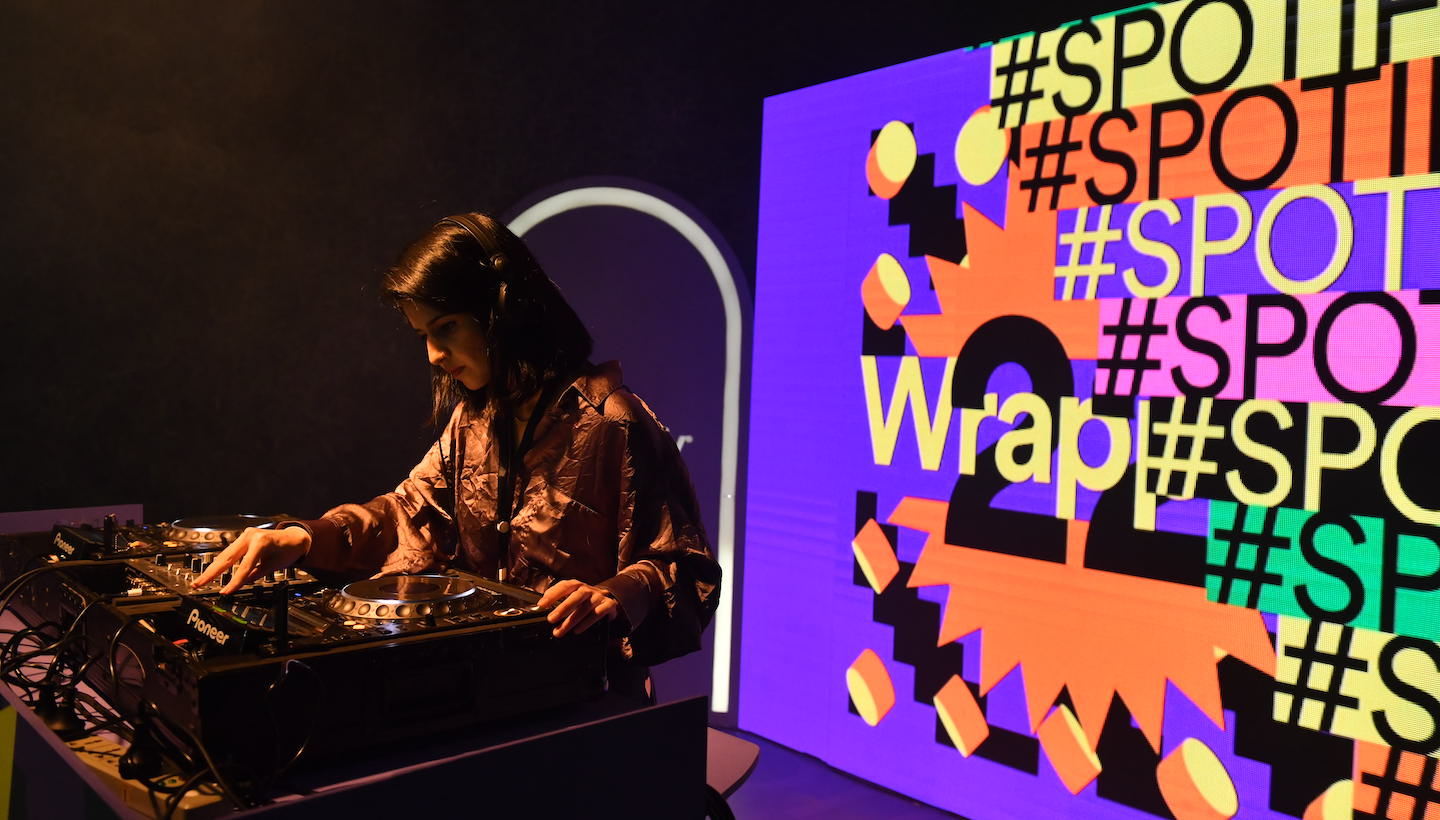







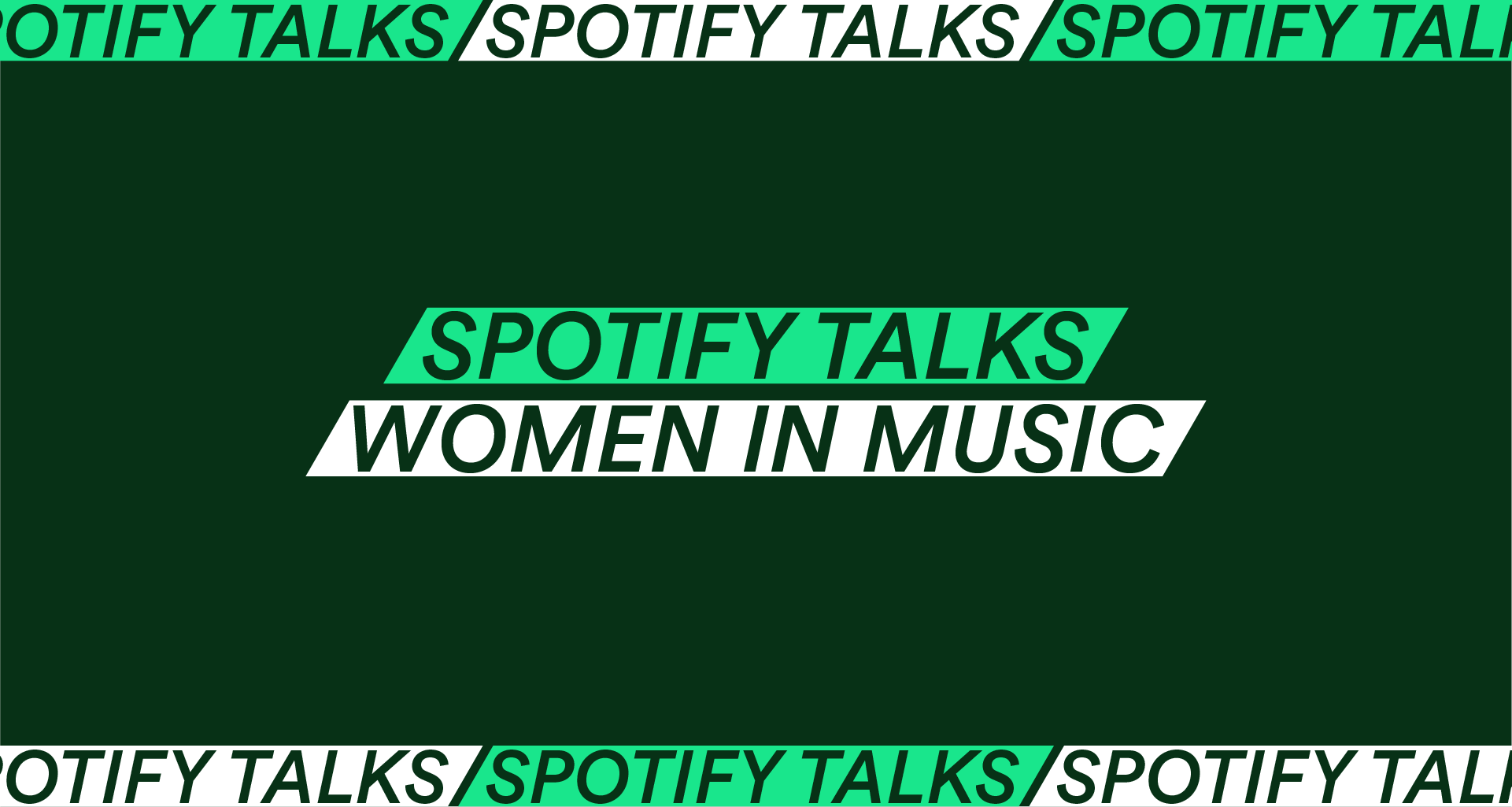
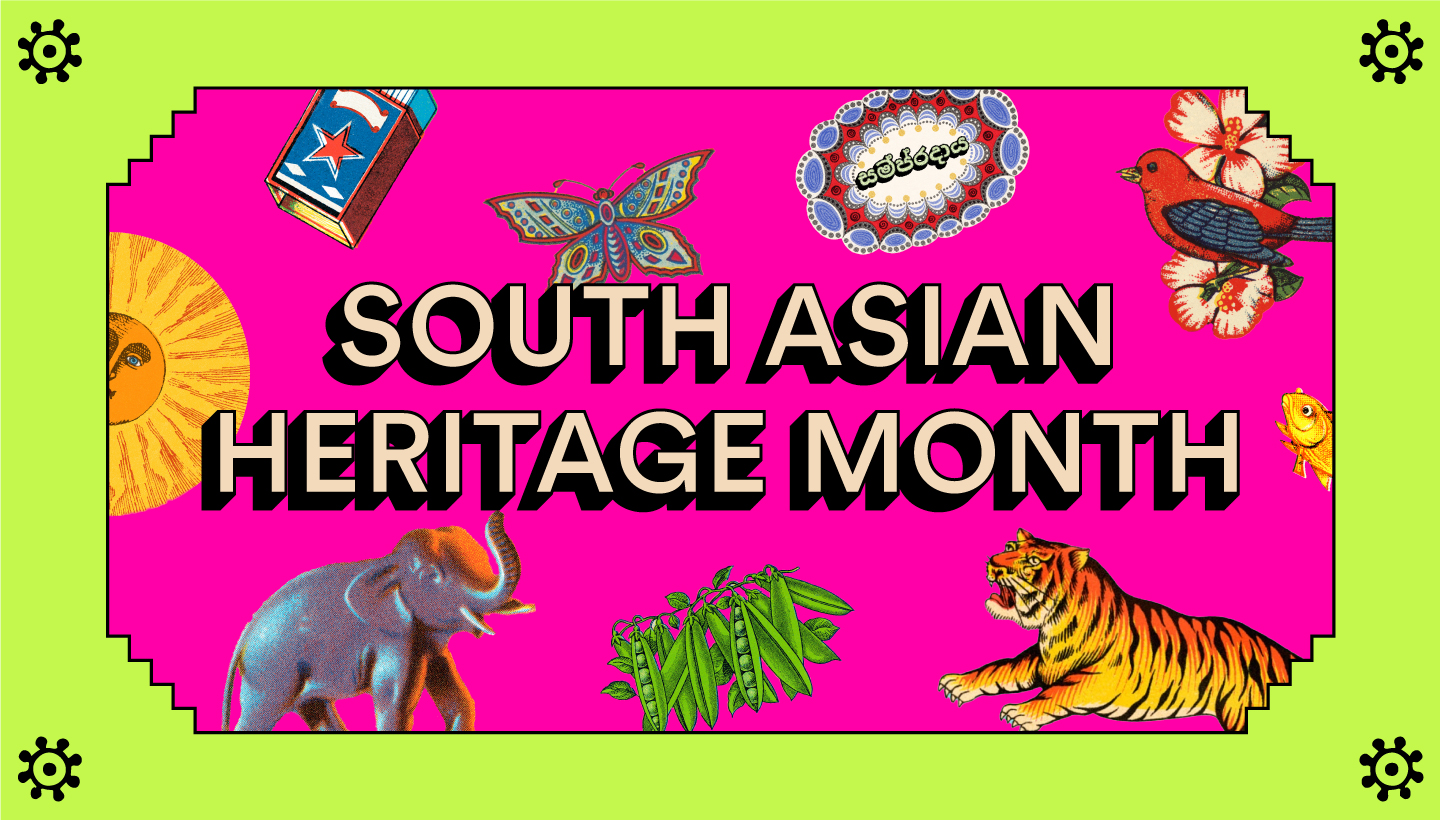






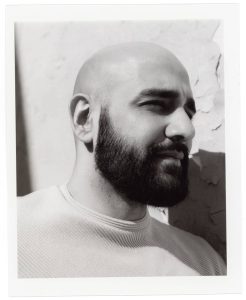


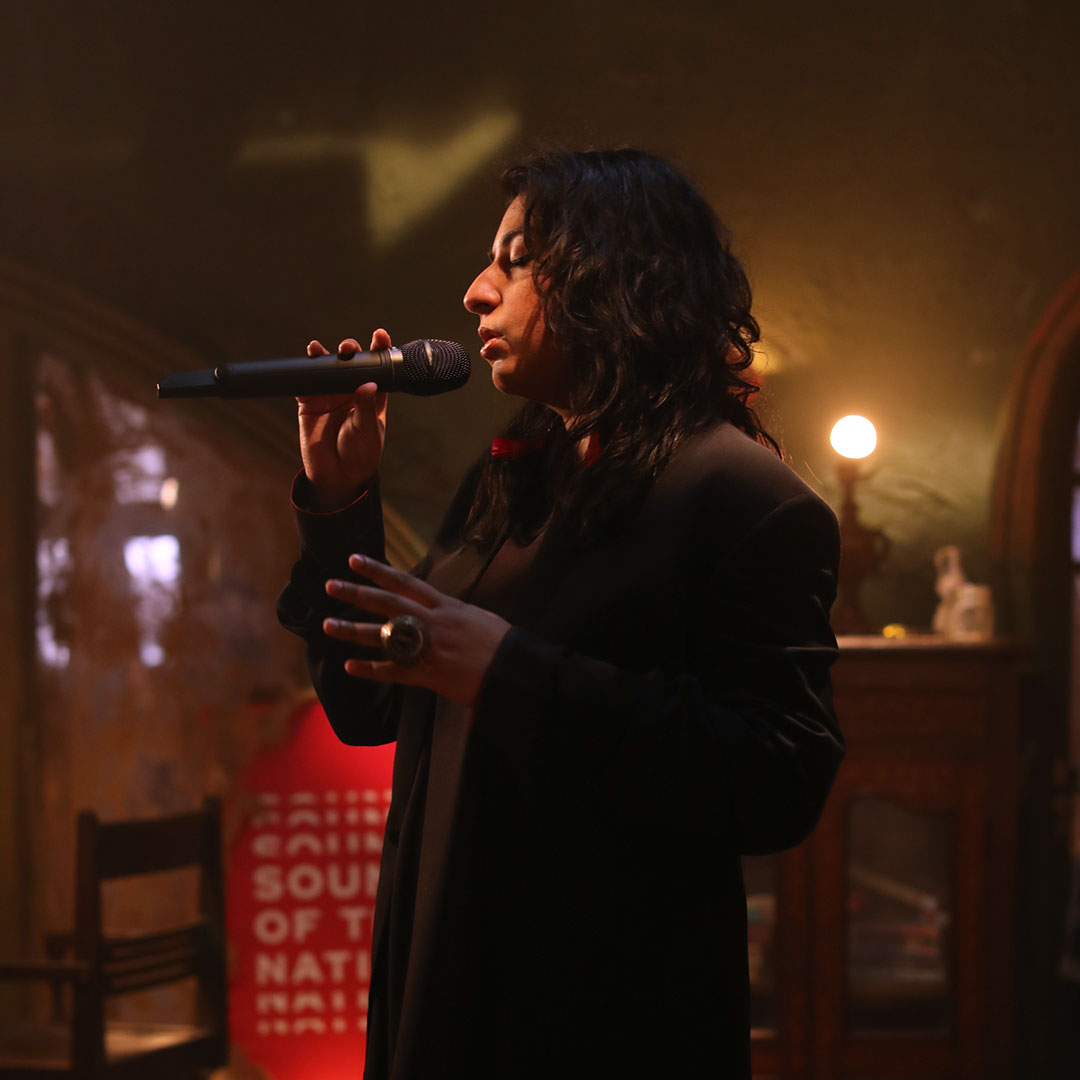
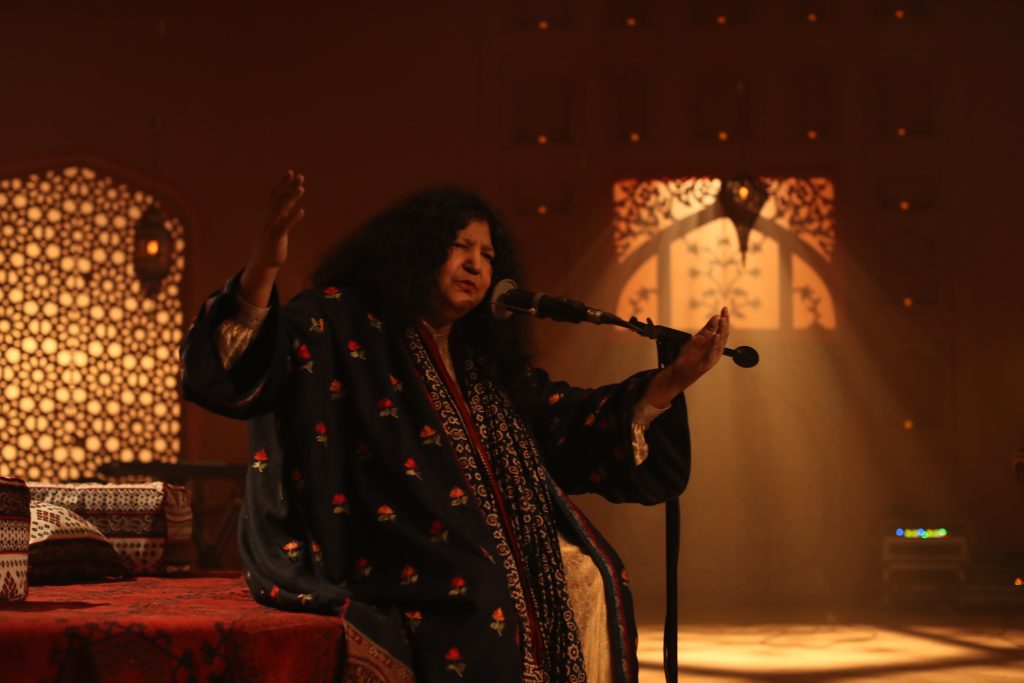
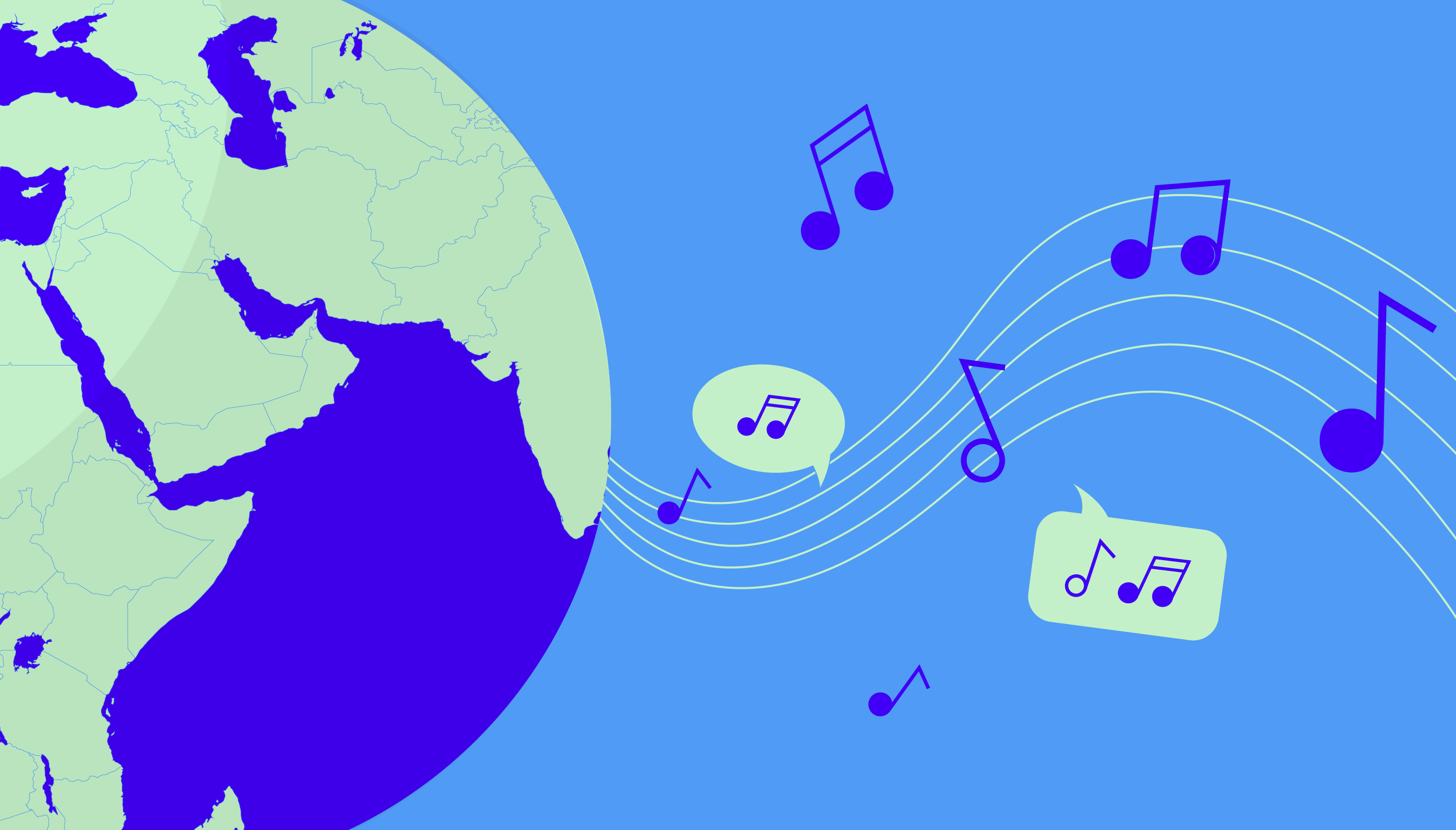

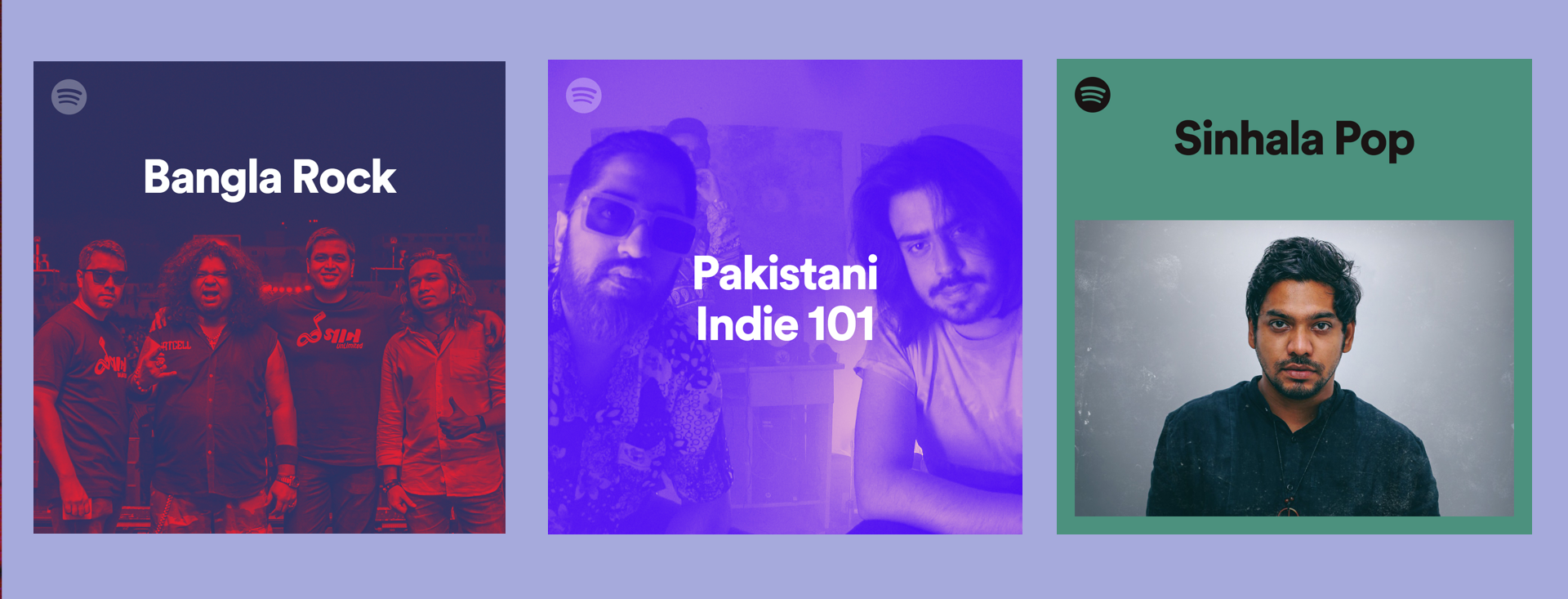
Recent Comments